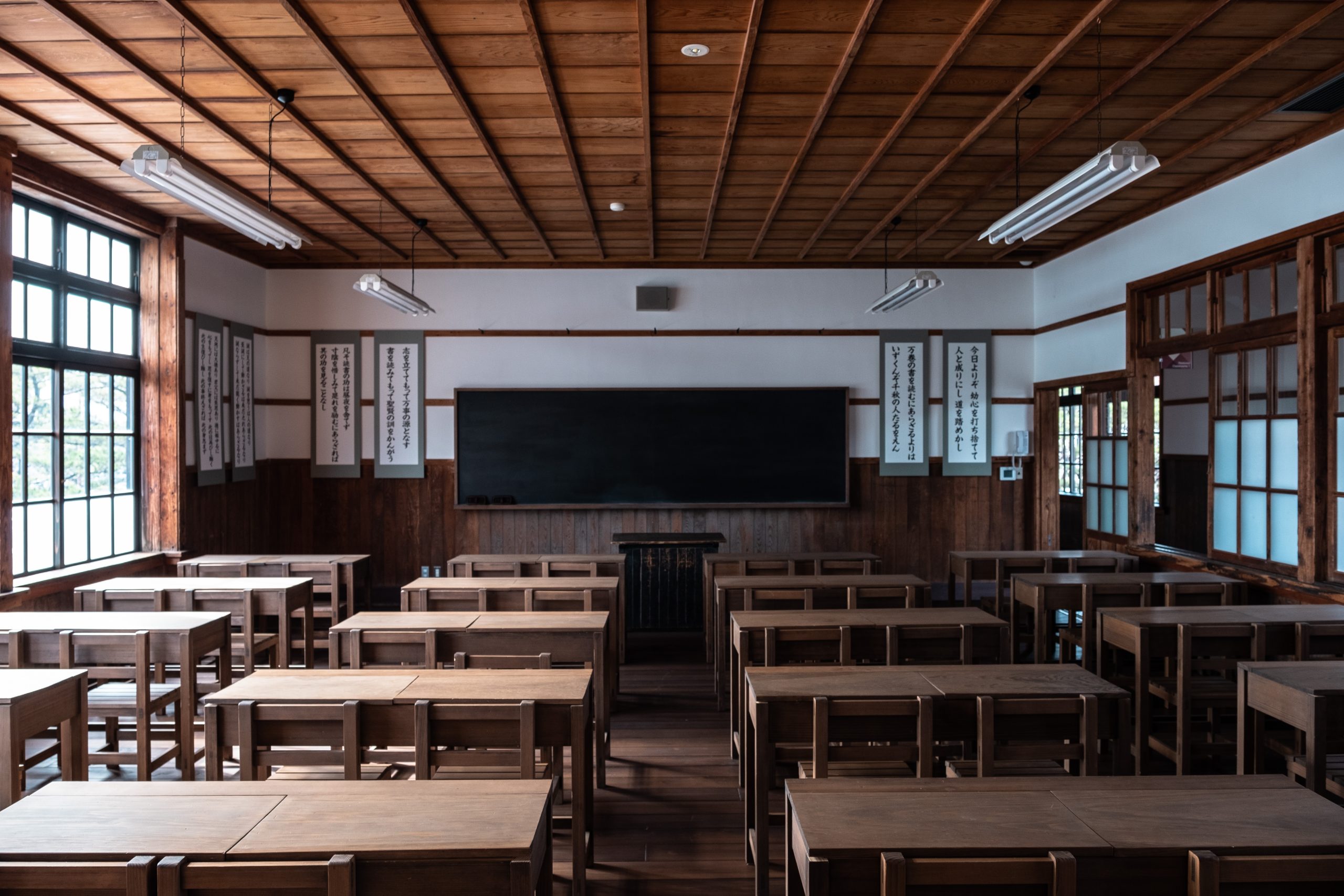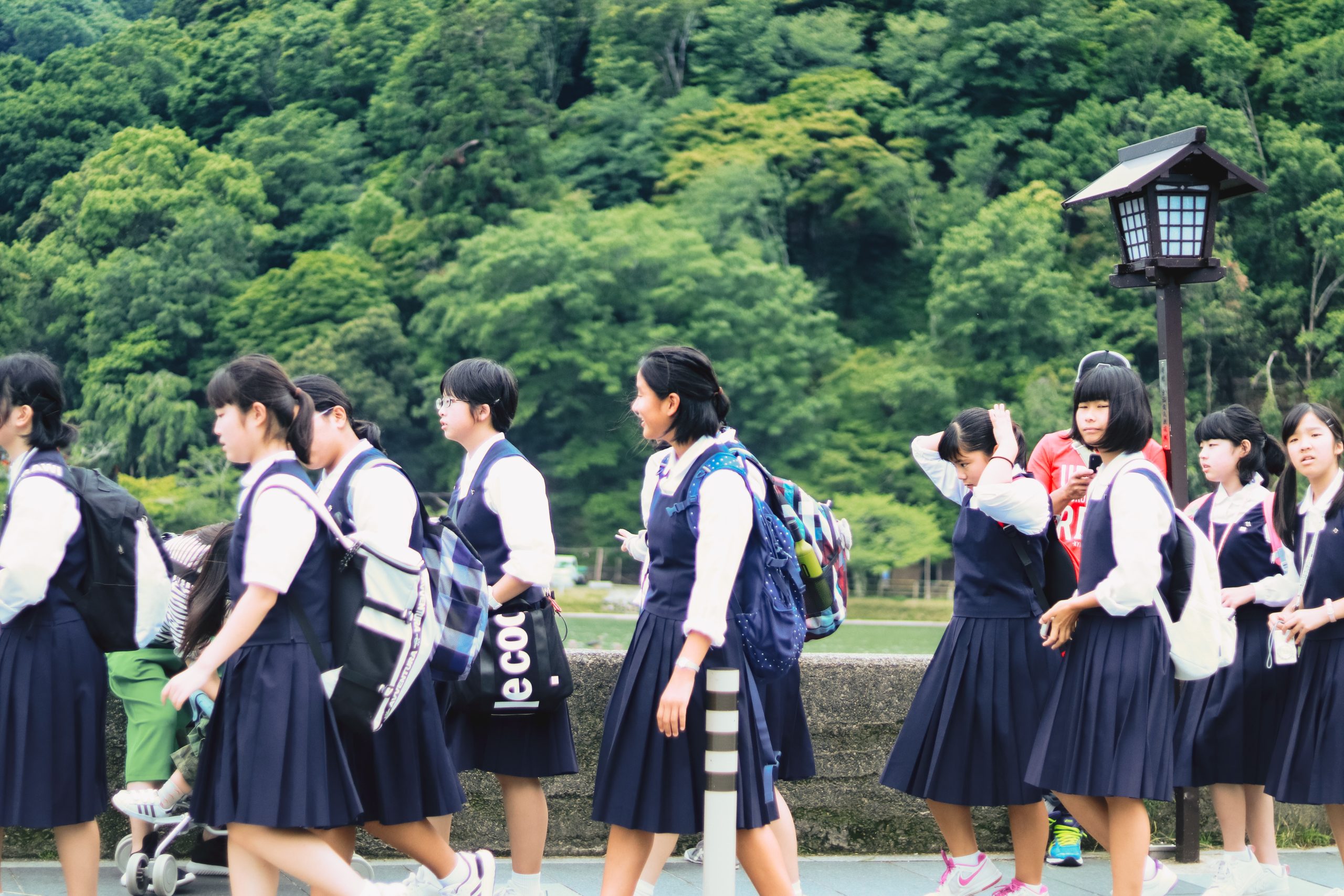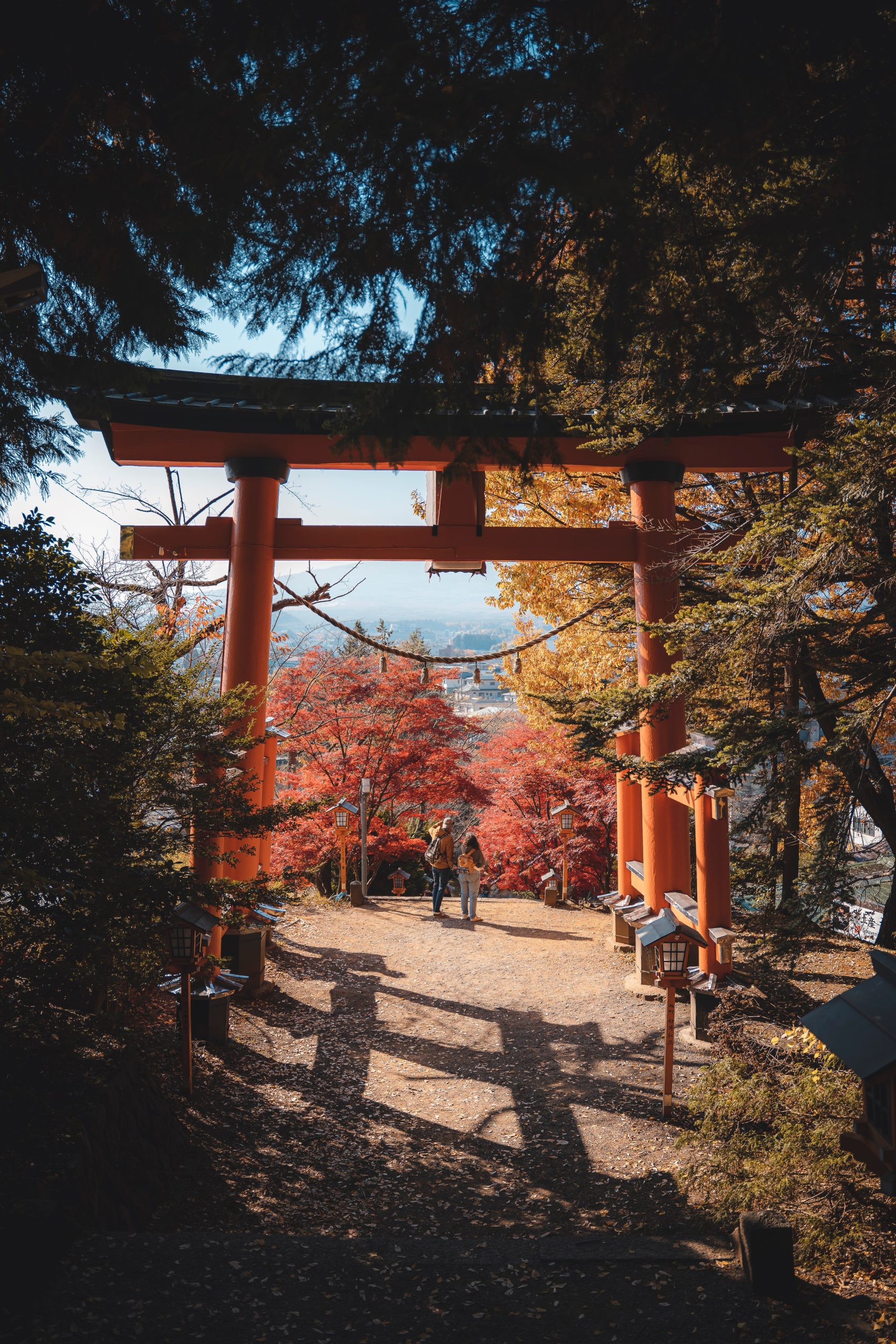Japan has one of the most successful education systems in the world, as well as one of the most unique. But can its methods for attaining academic excellence work in British schools, or are the cultural differences between the two nations too vast to broach?
During the 2018 FIFA World Cup in Russia, followers of the Japan men’s national football team earned admirers across the globe for steadfastly cleaning up their section of the stadium after games. With such a high degree of respect for their environment, these supporters certainly set a benchmark for fans of other nations. What was less apparent, however, is that such fastidiousness stems directly from the influence of Japan’s education system.
In Japan, all students are required to clean the school themselves — including the classrooms, food hall, and toilets. Students are divided into small groups and assigned cleaning tasks on a rota. The reason? To nurture a sense of duty, responsibility and perseverance in young people. As a result of this distinct cultural trait, most Japanese schools do not feel the need to employ caretakers.
This level of discipline may seem excessive to casual Western observers, especially those from countries where individuality is a defining aspect of national culture.






